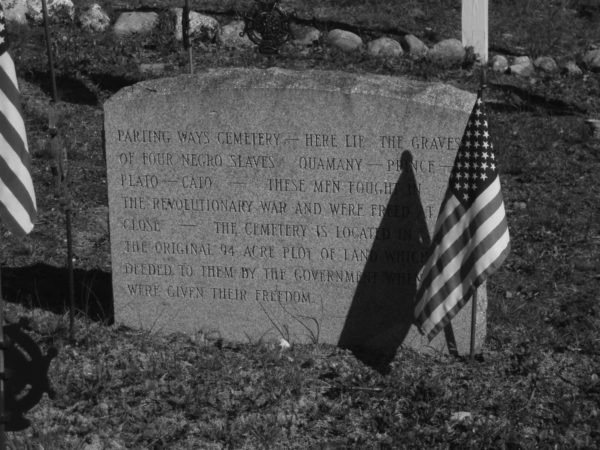The next issue of Historical Archaeology will arrive in your mailbox in the new few days! Issue 52(1) is the first to combine a thematic collection with other content including research articles, technical briefs, memorials, and reviews. This opportunity to publish more content in each issue is a welcome benefit of our publishing relationship with Springer. It will cut down on our past delays in publishing accepted articles, allowing HA readers to keep up to date on current research. The following is a brief description of the thematic collection from guest editor Bradely D. Phillippi.
We are pleased to present a new thematic collection of articles in Historical Archaeology entitled “Labor and Plurality in the Northeast.” The collection revisits the familiar topic of plural archaeological contexts but problematizes the concept by acknowledging the material vagaries they produce. Working with ambiguous assemblages devoid of the traditional markers of identity in shared spaces, writers collectively work to recover those muted by historical circumstances of plurality and conventional readings of their material lives. Accordingly, authors recover and render the past in ways that emphasize working class families, indigenous Americans, enslaved and free people of color, and descendants of mix-heritage households, each victimized by peculiar impositions privileging some and subordinating others. Analytically prioritizing labor systems and relations of production, rather than culture, binds this collection together. Although exploratory, case studies convincingly identify and read various aspects of labor in ways that parse out diversity from ambiguous and seemingly homogenous assemblages.
The collection includes case studies from the American Northeast. Organized by scale of analysis, settings gradually narrow from macro treatments of labor and plurality at the regional scale down to refined considerations of individual households. Following the introductory essay, “Introduction: Labor and the Challenge of Plurality in Historical Archaeology,” by Bradley Phillippi, articles in the forthcoming issue include:
* Markers of Difference or Makers of Difference?: Atypical Practices at Haudenosaunee (Iroquois) Satellite Sites, ca. 1650-1700—Kurt A. Jordan
* Created Communities: Segregation and the History of Plural Sites on Eastern Long Island, New York—Christopher N. Matthews and Allison Manfra McGovern
* Survivance Strategies and the Materialities of Mashantucket Pequot Labor—Russell G. Handsman
* Modernity and Community Change in Lattimer No. 2: The Archaeology of the American 20th Century through a Pennsylvania Anthracite Shanty Town—Michael P. Roller
* The Plurality of Parting Ways: Landscapes of Dependence and Independence and the Making of a Free African-American Community in Massachusetts—Karen A. Hutchins-Keim
* Homeplace is Also Workplace: Another Look at Lucy Foster in Andover, Massachusetts—Anthony Martin
* Muffled, But Not Mute—Bradley D. Phillippi
* Laboring Under an Illusion: Aligning Method and Theory in the Archaeology of Plantation Slavery—Anna Agbe-Davies
The image is of the monument at the site of Parting Ways commemorating the lives of Plato Turner, Cato Howe, Prince Goodwin, and Quamony Quash. Photo by Karen A. Hutchins-Keim, 2011.

